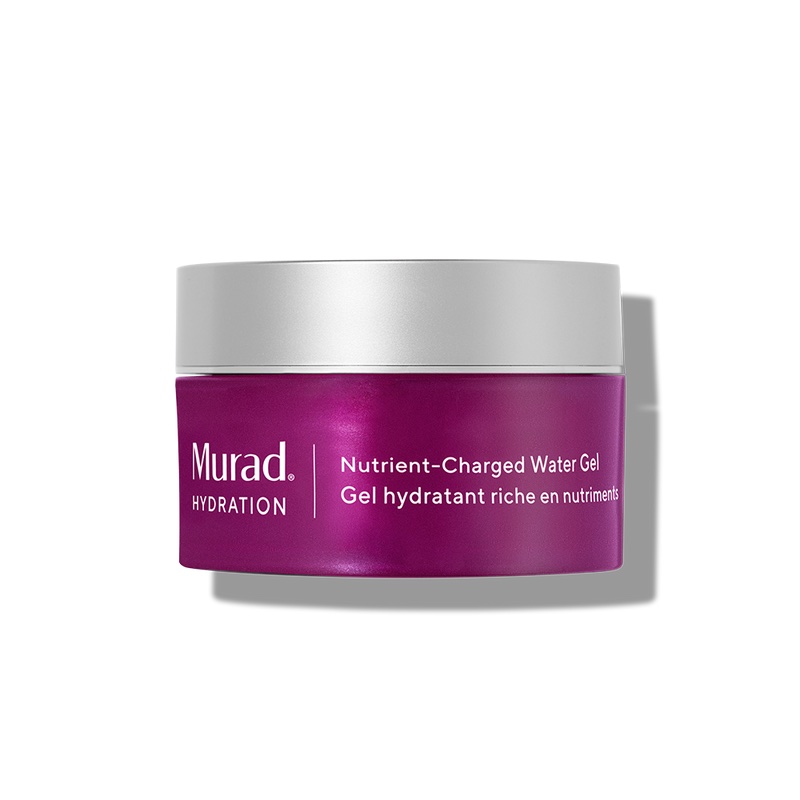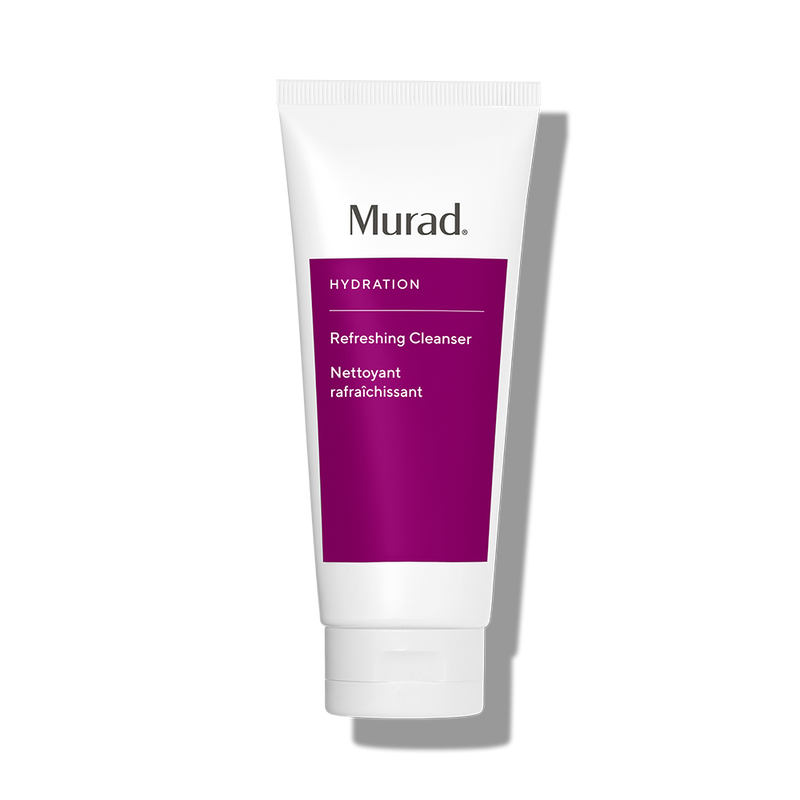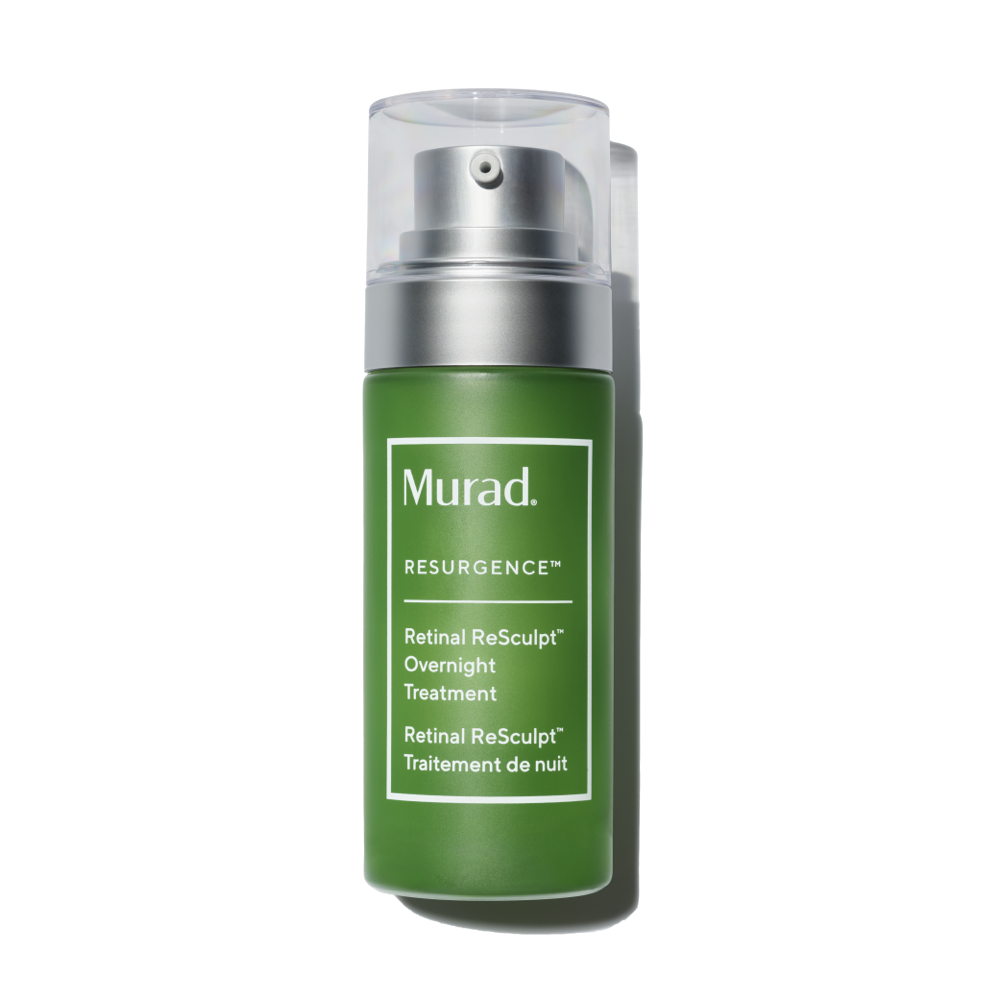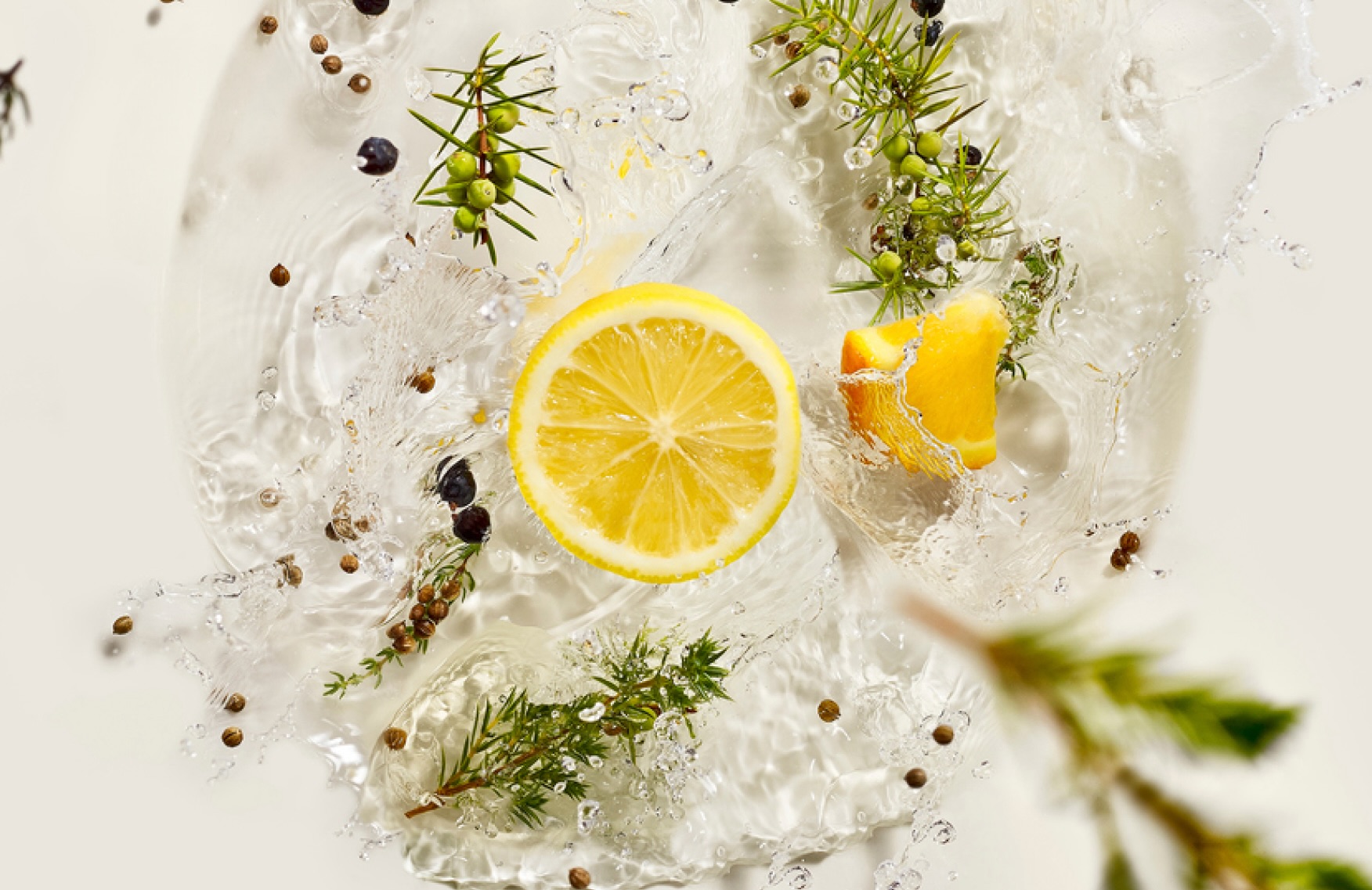The real deal with chlorophyll water for skin (and why it’s important to fact-check social media skincare trends)
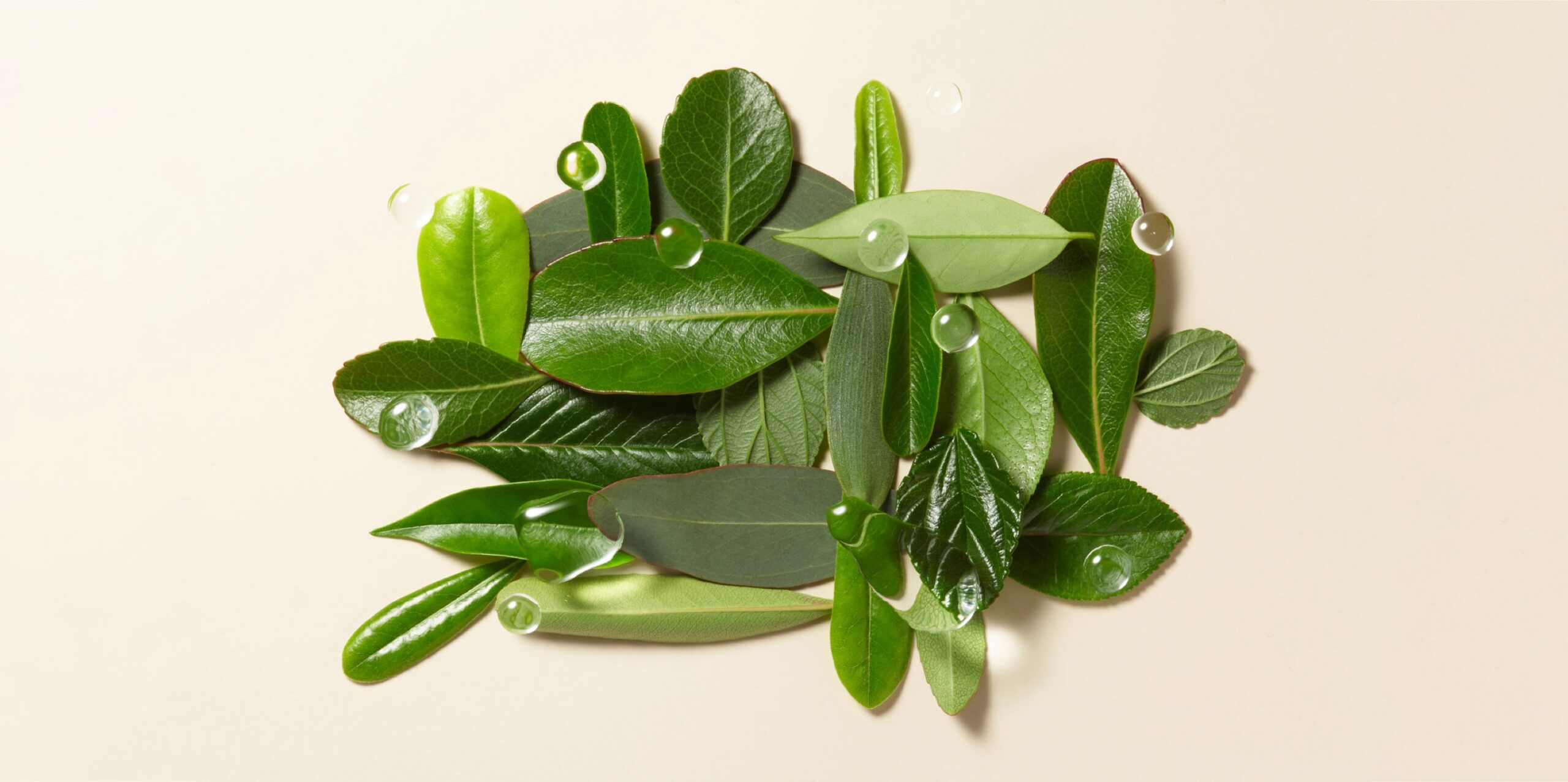
If you’ve scrolled through beauty posts on any social media lately, you may have encountered a slew of videos claiming that a few drops of chlorophyll water will stave off weight gain, zap zits and lift the cloud of fatigue with regular use. Sounds pretty great, right? Well, we did some fact-checking, and as it turns out, the benefits of liquid chlorophyll are much more nuanced than these 15-second videos make it out to be. Read on before diving into the trend of drinking chlorophyll water.
First, the chlorophyll water craze explained
With first-person testimonials going viral and celebs latching on, it’s not hard to see how consuming chlorophyll became the cool kid in school. “The problem with this trend, like many others, is that people can say anything on the internet and exaggerate the results of products like chlorophyll without having evidence to support it,” warns Dr. Dendy Engelman, board-certified dermatologist and Mohs surgeon with the NYC-based Shafer Clinic.
A chlorophyll crash course
Fifth-grade science class refresh: Chlorophyll is the pigment that gives plants their green hue, helping them absorb energy and nutrients from sunlight in a process known as photosynthesis. It also happens to be loaded with vitamins and antioxidants, which is why we’re advised to maintain a diet that’s rich in leafy greens. Algae is also considered a great source of protein derived from natural chlorophyll.
So, if loading up on your green veggies is so beneficial, wouldn’t chlorophyll in liquid form just expedite these nutrients into our systems? Not necessarily. “Preliminary studies suggest that liquid chlorophyll can be detoxifying, anti-inflammatory and aid in weight loss. However, there is no real evidence to support this,” Dr. Engleman says. “It’s more likely that people taking part in this trend are seeing the benefits of drinking more water. Proper hydration helps with acne, keeps you fuller for longer and helps with fatigue. If anyone seems to be seeing results from drinking chlorophyll, it probably is a result of simply drinking more water.”
The bottom line? Try chlorophyll for your skin topically (and eat your greens)
“While there is skepticism about taking chlorophyll orally, there is more evidence to support beneficial results when chlorophyll is applied topically. Studies have shown that applying chlorophyll to the skin can reduce inflammation and bacteria, which can help with acne,” Dr. Engelman adds. In fact, in a study published by NCBI in 2015, it’s suggested that chlorophyll applied topically has the ability to reduce the appearance of acne and new blemishes.
That being said, the internal benefits of a liquid chlorophyll supplement are still abundant—as seen in this clinical dietician’s response to the trend. So, if the liquid form is your jam, there’s generally no harm in the proper amounts—but you may want to stick with eating greens like spinach, which also contains fiber, potassium, magnesium and a host of other skin-loving vitamins, to get the most bang for your buck.
The views expressed in this article do not necessarily represent the views of Murad, and are for informational purposes only, even if the advice of physicians and medical practitioners are included. This article is not a substitute for professional medical advice, diagnosis or treatment, and should not be considered specific medical advice.
